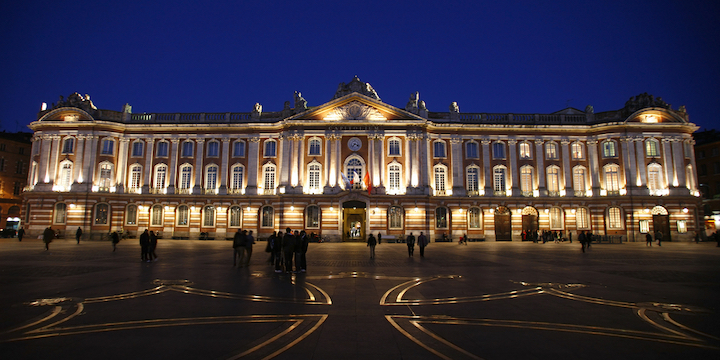“Curfew is not enough“, declared the Minister of Health Olivier Véran on January 28. And if, worse than that, he had participated in the acceleration of the spread of the virus? This is the question posed by researchers from the Toulouse University Hospital, in a study published on February 1 in the scientific journal Journal of Infection.
According to them, the decision to advance the curfew from 8 p.m. to 6 p.m. would have encouraged the gatherings of people at the same times and would thus have facilitated contamination.
“Release” at the time of the holidays
For their study, researchers from the University Hospital of Purpan in Toulouse developed a mathematical model to quantify the effect of the end-of-year celebrations, the 8 p.m. curfew implemented on December 15 and then the 6 p.m. curfew introduced. January 16 in the pink city.
First observation: “a little relaxation“was observed at the beginning of January, after the end of the year holidays and despite the curfew at 8 p.m. then in effect.
But after this observation, the arrival of the curfew at 6 p.m. on January 16 should have slowed the occurrence of new cases. This was what had been observed in October, after the implementation of the curfew at 9 p.m.
10% positive case from January 20
But this was not the case in January, quite the contrary. The milestone of 10% positive cases, expected in early February, was reached earlier than expected, between January 20 and 24, reveals to La Dépêche du Midi Dr. Chloé Diméglio, biostatistician and co-author of the study.
Or less than 10 days after the implementation of the curfew at 6 p.m., whereas “from experience, we know that a health measure or a social event is reflected in the dynamics of the diffusion of the coronavirus in the following 7 to 10 days “ explains the researcher.
Gathering of people
How to explain this effect? For the authors of the study, “a more restrictive evening curfew has the effect of increasing groups of people in stores and supermarkets before they all rush home “. Ideal contamination conditions that existed less when the curfew was set at 8 p.m.
Another factor that may have come into play: the presence of the English variant, more contagious than the old strain, which arrived on French territory in December. But for now, no data proves its involvement in the increase in cases of covid in the Toulouse region.
Local health measures?
While waiting to learn more, the authors say that their study already pleads for a cause: the territorialization of health measures. Their implementation must indeed according to the researchers “be accompanied by an analysis of the local situation to avoid triggering an adverse adverse effect“they conclude in their publication.
 Cherry tomatoes contaminated with salmonella: 92 sick and 1 dead
Cherry tomatoes contaminated with salmonella: 92 sick and 1 dead  A better coaching method can make a person grow
A better coaching method can make a person grow  What is the method to prevent diabetes in children?
What is the method to prevent diabetes in children?  What are the effective factors in causing stomach ulcers?
What are the effective factors in causing stomach ulcers?  Why do embarrassing memories seem to appear at night?
Why do embarrassing memories seem to appear at night?  The amazing link between SARS-CoV-2 infection and newly started diabetes
The amazing link between SARS-CoV-2 infection and newly started diabetes  WHO says monkey pox is not a global emergency right now
WHO says monkey pox is not a global emergency right now  Single cell RNA sequencing uncovers new mechanisms of heart disease
Single cell RNA sequencing uncovers new mechanisms of heart disease  Hepatitis of unknown origin: 3 new deaths and 228 cases worldwide
Hepatitis of unknown origin: 3 new deaths and 228 cases worldwide 